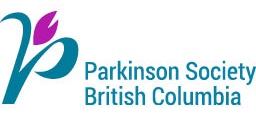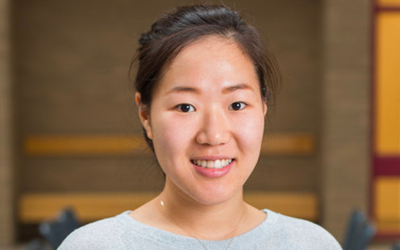Linda Kim, Hotchkiss Brain Institute, University of Calgary
$20,000 over 2 years, funded by Parkinson Society British Columbia through the Parkinson Canada Research Program during the 2019 – 2021 research funding cycle
Project description:
Stiffness and freezing in place can cause falls and restrict the activities of people with Parkinson’s disease. Unfortunately, the therapies available to help other motor symptoms don’t usually correct these walking problems.
Neither levodopa, the medication designed to replace the loss of the brain chemical dopamine, or deep brain stimulation, a surgical treatment for Parkinson’s, are very effective for improving freezing of gait.
At the University of Calgary, PhD student Linda Kim is investigating a new target for therapies to alleviate these walking difficulties.
“In our lab, we’re discovering a region in the brain that hasn’t been studied traditionally for motor control implications,” says Kim.
She’s exploring a group of cells in the brain called the A13 nucleus. Using mouse models, Kim and her colleagues have discovered that when they use a type of gene therapy to target A13 in the brain and activate it using a light, mice walk better.
Kim believes A13 is an additional pathway in the brain that connects to the brain stem. By using 3-D imaging to study this region of the brain, she will learn how it delivers its information to the brain stem. She hopes this information will lead her to a way to activate A13, allowing it to take over from the parts of the brain losing other dopamine-generating cells that control movement. “It gives us an additional brain region to start thinking about when we think about freezing of gait,” Kim says.
Inside A13, she hopes to demonstrate there is a reserved source of dopamine neurons that researchers could find a way to trigger, bypassing the other damaged brain circuits.
Eventually, Kim hopes A13 could become a new target for deep brain stimulation that could directly improve walking. Alternatively, physiotherapists working with people to improve their gait might be able to design exercises to target this area of the brain.
Kim pursued a career in research because she likes the hope for alternative solutions that her field provides. She focuses on research that is applicable for people. “Just having that potential to provide an alternative therapy is inspiring enough for me to keep doing the work.”
Reproduced with permission from Parkinson Canada.

